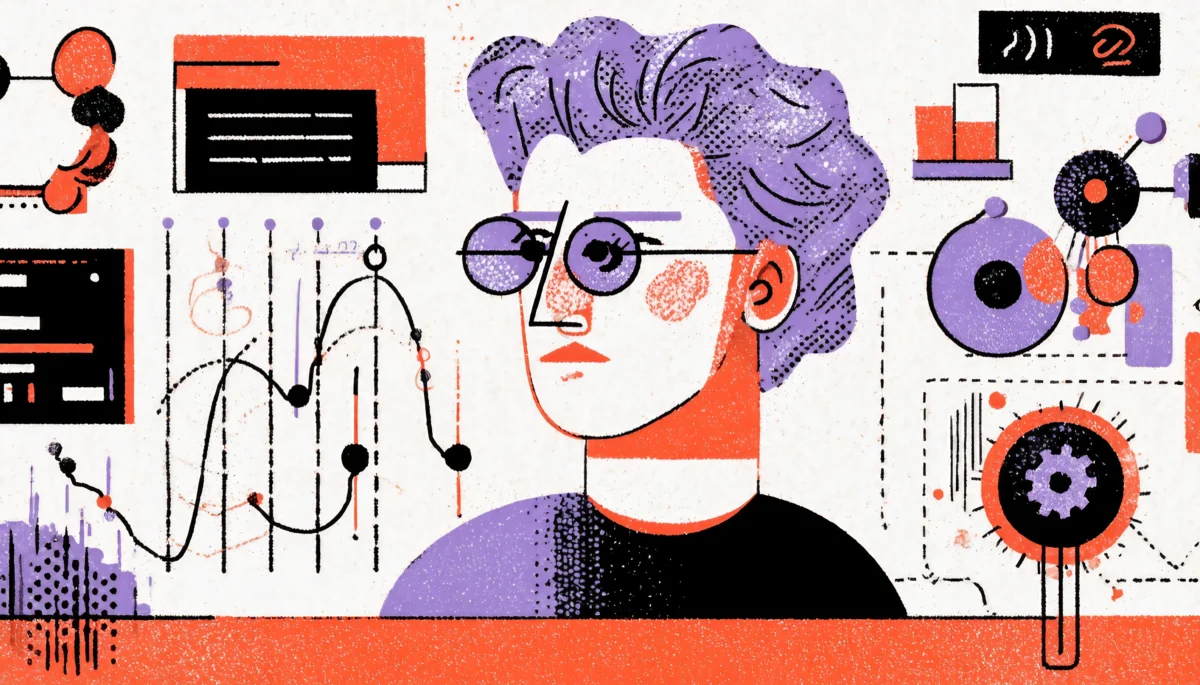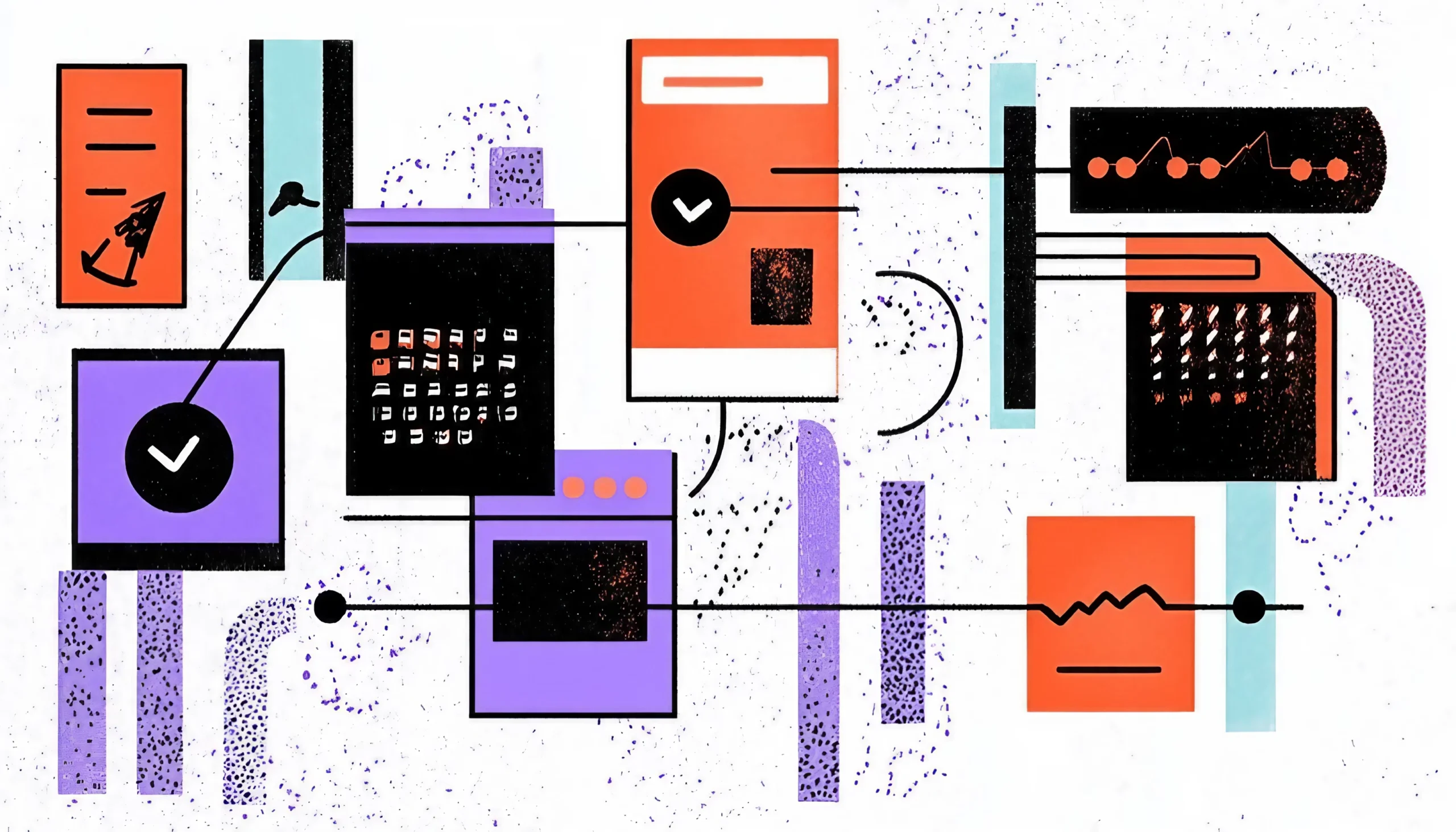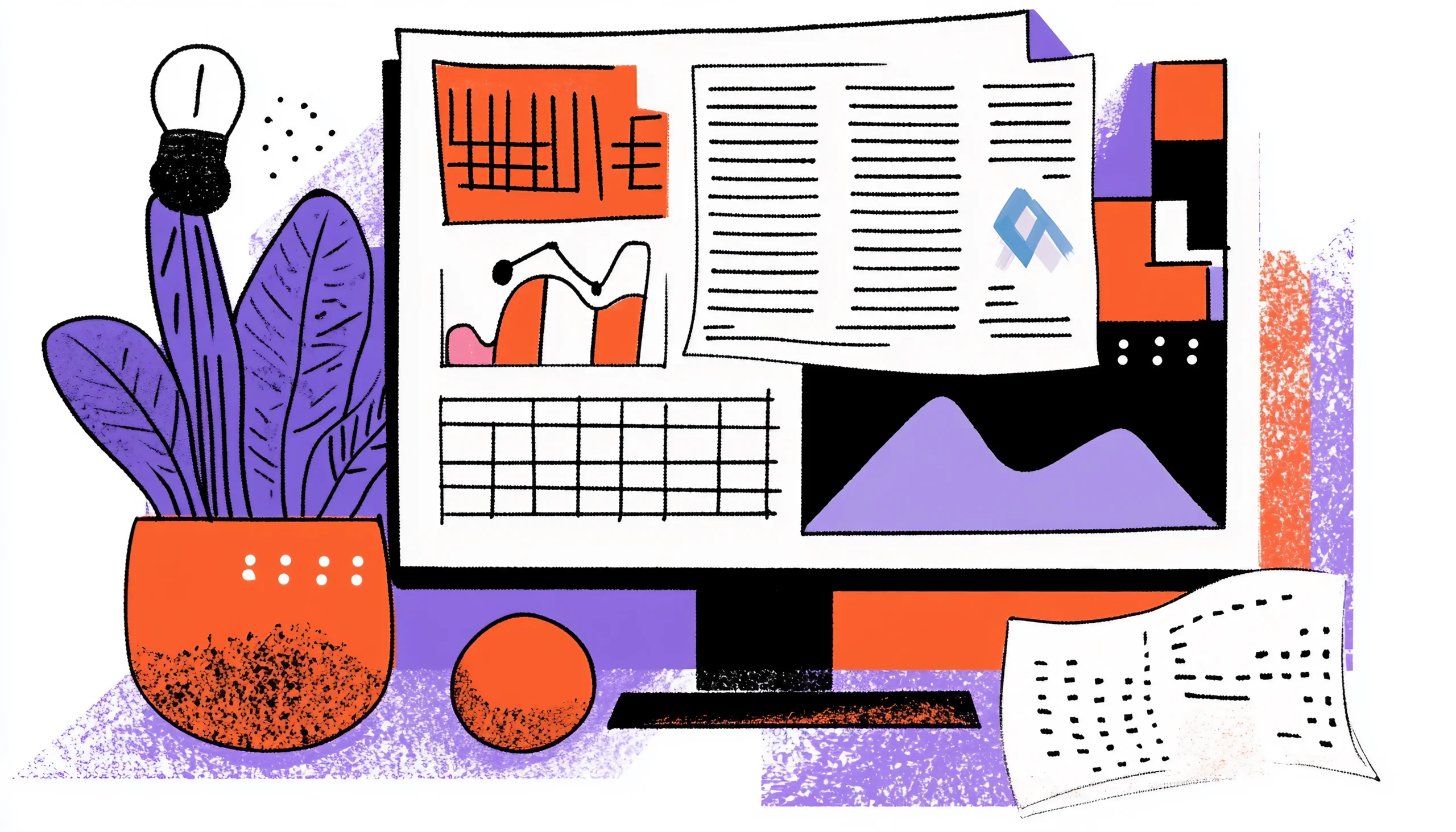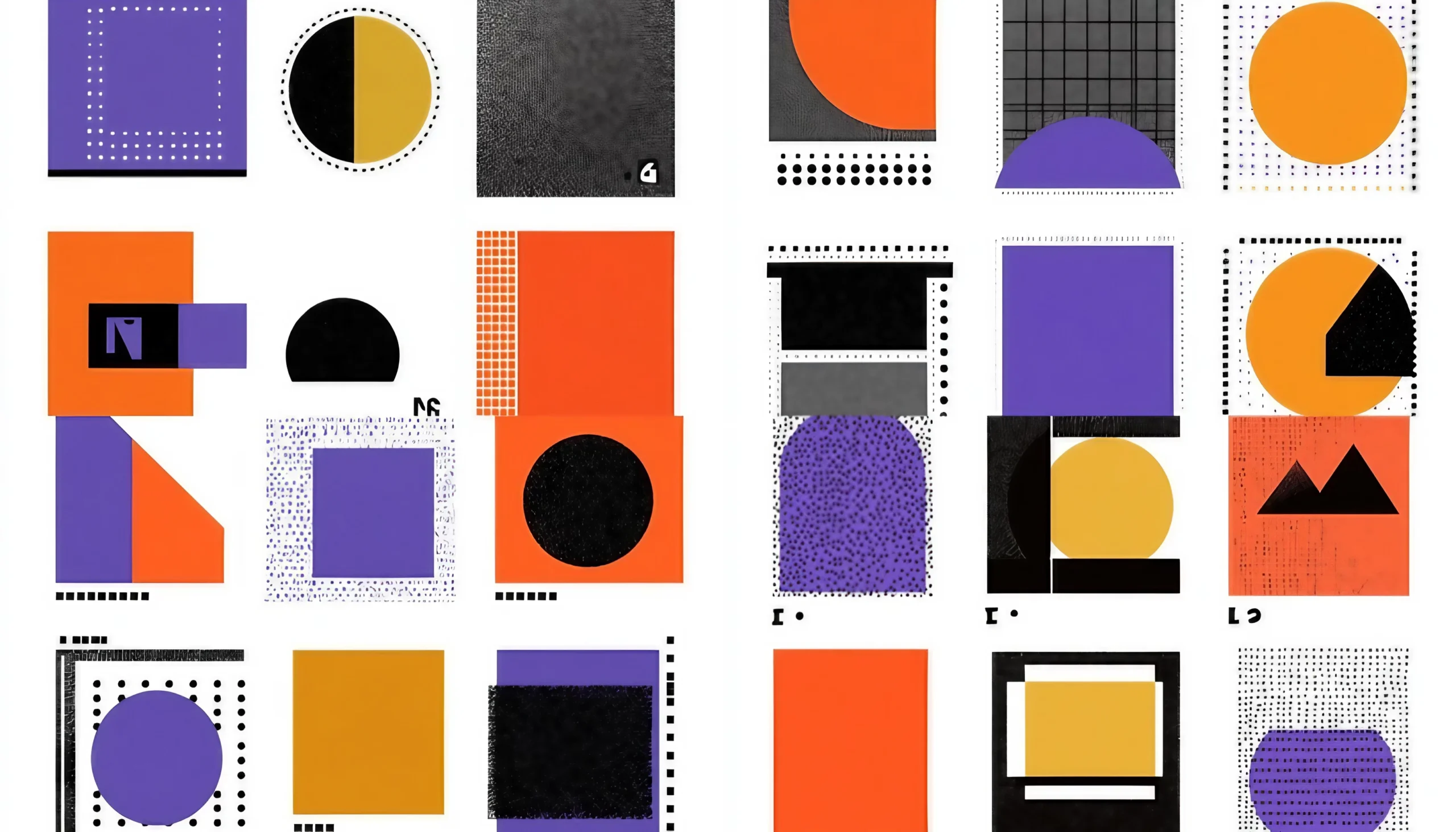Design systems are supposed to make our lives easier, right? They promise consistency, scalability, and efficiency. But if you’ve ever been on the inside of maintaining one, you know the truth: it can feel like a never-ending game of whack-a-mole. Tokens get out of sync. Accessibility checks fall behind. Documentation lags. And new, slightly different versions of components sneak into production like uninvited guests at a wedding.
Instead of streamlining, your design system can start to feel like a full-time babysitting job.
Now imagine if all those repetitive, maintenance-heavy tasks could run on autopilot. Imagine if your design system not only managed itself but also became smarter over time—learning from patterns, predicting needs, and flagging issues before they blow up. That’s the promise of AI-driven automation in design systems.
In this article, we’ll take a deep dive into how AI-powered components, automated accessibility checks, and design token management are transforming design systems from static libraries into living, breathing ecosystems.
Why Automation Matters in Design Systems
The Hidden Cost of Manual Maintenance
Maintaining a design system isn’t glamorous. Updating a button style requires aligning tokens, syncing with developers, tweaking documentation, and double-checking accessibility compliance. Multiply that across dozens of components, hundreds of variations, and multiple platforms, and suddenly you’re spending more time maintaining than designing.
A 2022 Nielsen Norman Group study revealed that contributors to design systems dedicate over 40% of their time to maintenance, not innovation. That’s almost half of your creative capacity lost to repetitive work.
It’s like being a chef who spends all day cleaning the kitchen instead of cooking. Yes, cleanliness matters, but if that’s all you do, your guests never eat.
AI as the Efficiency Multiplier
This is where AI shines. Think of it as an extra team member—except this one doesn’t get worn out, doesn’t forget details, and actually gets smarter with use. By automating the repetitive grunt work, AI frees up human designers to focus on what they do best: creativity, strategy, and empathy-driven experiences.
Automation doesn’t just reduce effort—it compounds efficiency. Every small task AI handles creates ripple effects across the system. A token update synced automatically across platforms saves not just one designer’s time but hours of rework for multiple teams.
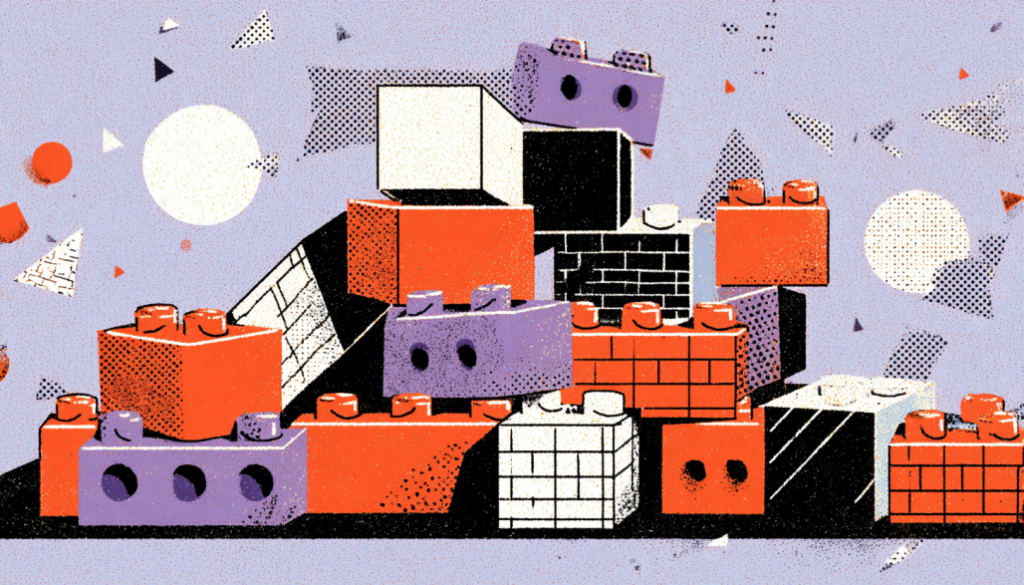
AI-Powered Components: Smarter Building Blocks
From Static Lego Bricks to Adaptive Intelligence
Traditional components are like Lego bricks: modular and reusable, but ultimately dumb. They sit there, waiting for you to decide how they should look, scale, or behave. AI-powered components, on the other hand, act more like smart assistants. They adapt based on context, learn from past usage, and suggest improvements.
Imagine a text input field that warns you if its label isn’t clear enough. Consider a button that automatically modifies its padding based on the length of the language during localization. Leading-edge design systems are already moving in that direction.
Real-World Case Study: Airbnb’s DLS + AI
Airbnb’s Design Language System (DLS) has long been an industry benchmark. Recently, they’ve started experimenting with AI-driven variations of components. For example, their layout engine uses AI to test how card-based components render in multiple languages, predicting truncation or layout breaks before developers even touch code. This reduces costly fixes down the line and creates smoother user experiences globally.
Why This Matters for UI Designers
For UI designers, AI-powered components act like an extra layer of safety and speed. Instead of manually creating variations for every possible scenario, you can rely on the system to suggest or generate them. This means:
- Faster iteration: Less time tweaking padding and spacing.
- Fewer mistakes: AI catches inconsistencies you’d otherwise miss.
- Smarter defaults: The system learns which styles or patterns actually work best in practice.
It’s like designing with a partner who’s read the playbook a thousand times and nudges you when you’re about to make a mistake.
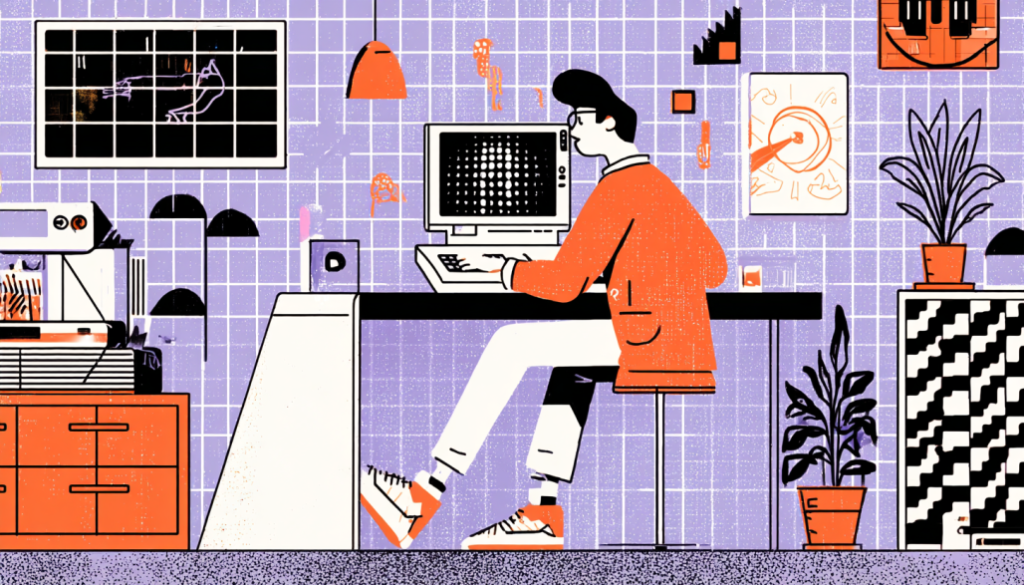
Automated Accessibility Checks: Building Inclusivity by Default
The Accessibility Gap
Accessibility is one of those things everyone agrees is essential—but it often gets pushed to the end of the process. Why? Because manual audits are time-consuming, specialized, and sometimes intimidating.
The unfortunate result: accessibility is treated as a retrofit rather than baked in from the start.
AI as Your Accessibility Watchdog
AI flips this reactive model on its head. Integrated into a design system, AI can act as a 24/7 accessibility watchdog. Every new component, every new state, and every new token is checked against accessibility standards in real time.
For example:
- A color contrast tool flags insufficient ratios instantly.
- Alt text suggestions are generated automatically for images.
- ARIA labels are recommended based on component types.
Instead of designers carrying the burden of memorizing WCAG guidelines, the system ensures compliance by default.
Case Study: Microsoft’s Accessibility Insights
Microsoft’s Accessibility Insights uses machine learning to detect accessibility violations in both design prototypes and production code. By integrating this kind of tooling directly into a design system, teams can achieve continuous accessibility, where inclusivity is no longer a one-off project but an ongoing guarantee.
Turning Compliance into Creativity
The beauty of automation is that it doesn’t restrict—it liberates. Designers can explore bold, creative ideas without worrying they’ll accidentally break accessibility. It’s like having a seatbelt: once you know you’re safe, you can drive faster and with more confidence.
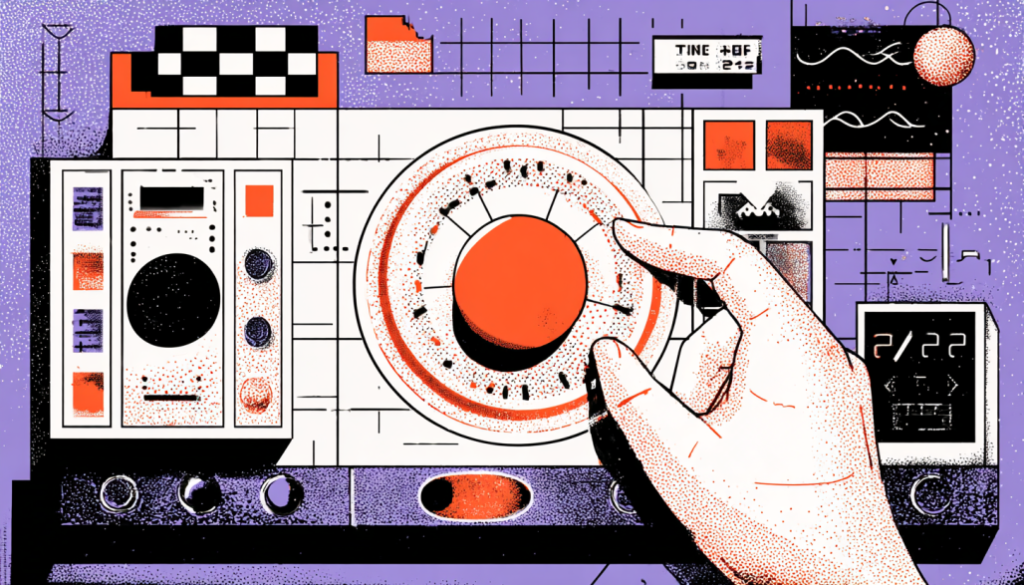
Design Token Management: The Backbone of Automation
Why Tokens Matter More Than You Think
Design tokens are the DNA of your design system. Colors, typography, spacing, shadows—all encoded as reusable values that bridge design and code. However, managing tokens across platforms presents a logistical challenge.
A primary color update might cascade through Figma, CSS, iOS, and Android differently. Without tight synchronization, you end up with subtle inconsistencies—an off-brand shade of blue here, a misaligned spacing value there—that erode trust in the system.
AI-Driven Token Synchronization
AI brings order to this chaos. By continuously monitoring tokens across platforms, AI can detect mismatches, flag errors, and even auto-correct discrepancies.
For example:
- If a token name doesn’t match its value in one platform, AI suggests a correction.
- When a color variable changes, AI updates every reference—from design files to documentation to code—automatically.
- Predictive AI can suggest creating a new token when it sees repeated overrides across projects.
Case Study: Salesforce Lightning
Salesforce’s Lightning Design System already uses automation scripts to keep tokens consistent across multiple platforms. By layering AI on top, they’re moving toward predictive token creation and error detection, making the system not just reactive but proactive.
Why This Matters Strategically
Tokens aren’t glamorous, but they’re mission-critical. An AI-driven token management system ensures your design system stays a single source of truth—something every designer and developer can trust without hesitation.

Strategic Implications for Design Leaders
From Maintenance to Strategy
AI automation transforms the role of design systems leaders. Instead of firefighting inconsistencies and herding contributors, you can focus on higher-level strategy:
- How to increase adoption across teams.
- How to evolve the system for new product needs.
- How to measure ROI and demonstrate value to stakeholders.
It’s like moving from a mechanic to an architect—you’re not fixing broken parts anymore; you’re designing the future.
Bridging the Design-Dev Gap
The infamous design-development handoff has always been a pain point. But with AI ensuring tokens, components, and accessibility checks are always in sync, that gap narrows dramatically. Developers trust the system more. Designers see their intent preserved in the code. Collaboration feels smoother.
Ethical and Organizational Considerations
But let’s not ignore the challenging questions:
- How transparent should AI decisions be?
- What happens if the AI gets accessibility wrong?
- Who’s accountable for automated updates that go live?
Design leaders need to establish governance models that balance automation’s efficiency with human oversight. The goal isn’t to remove humans—it’s to elevate them.

From Reactive to Proactive Systems
We’re still early in the journey. Most teams experimenting with AI in design systems today are using it for automation at the edges—running accessibility audits, generating documentation, and syncing tokens.
The next frontier? Proactive, self-improving design systems.
Picture this:
- Your system notices a new design pattern emerging across multiple projects and suggests adding it as a component.
- It predicts accessibility risks in a proposed design before it’s even tested.
- It learns which tokens get overridden most often and recommends adjustments.
That’s not science fiction—it’s the logical extension of where AI and design systems are heading.
Automating your design system with AI isn’t about replacing designers. It’s about empowering them. It’s about shifting energy from repetitive maintenance to high-impact creativity.
Think of AI as your system’s nervous system—constantly monitoring, adjusting, and improving—while human designers remain the heart and soul, driving empathy and vision.
The next frontier of efficiency isn’t just building faster. It’s building smarter. And the design leaders who embrace AI-driven automation now will be the ones shaping the digital experiences of tomorrow.
So, the real question isn’t if your design system will embrace AI—it’s when.




